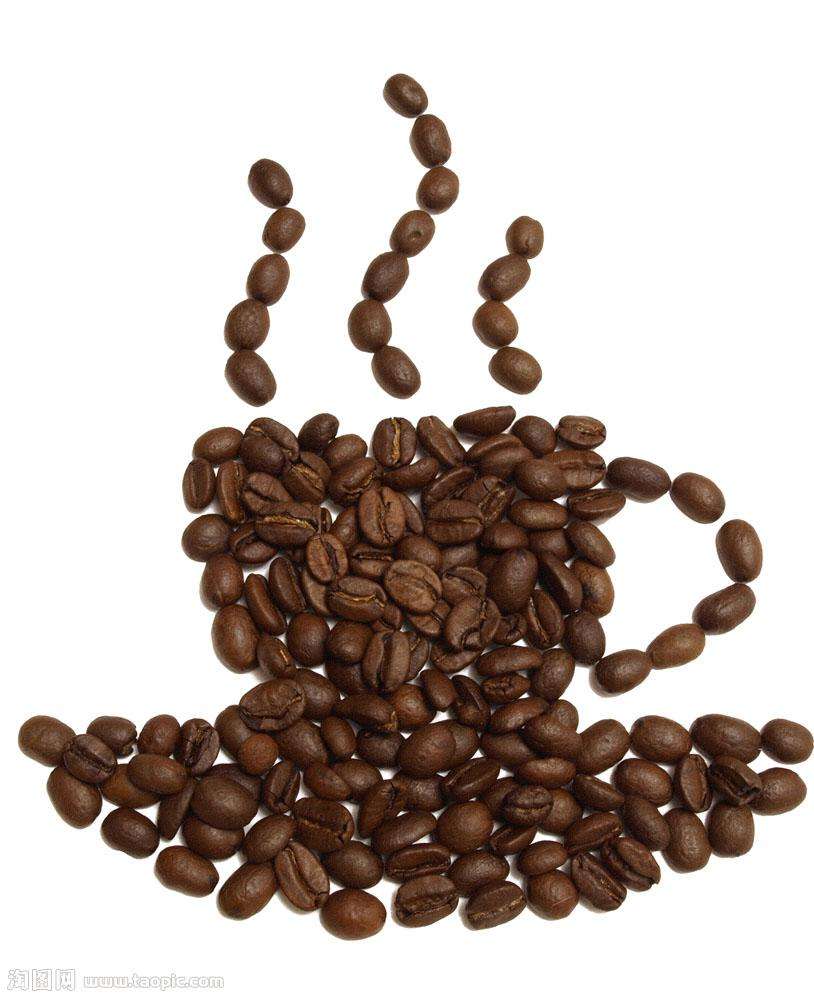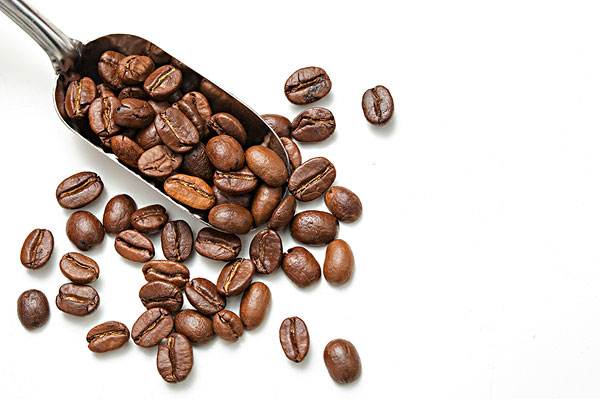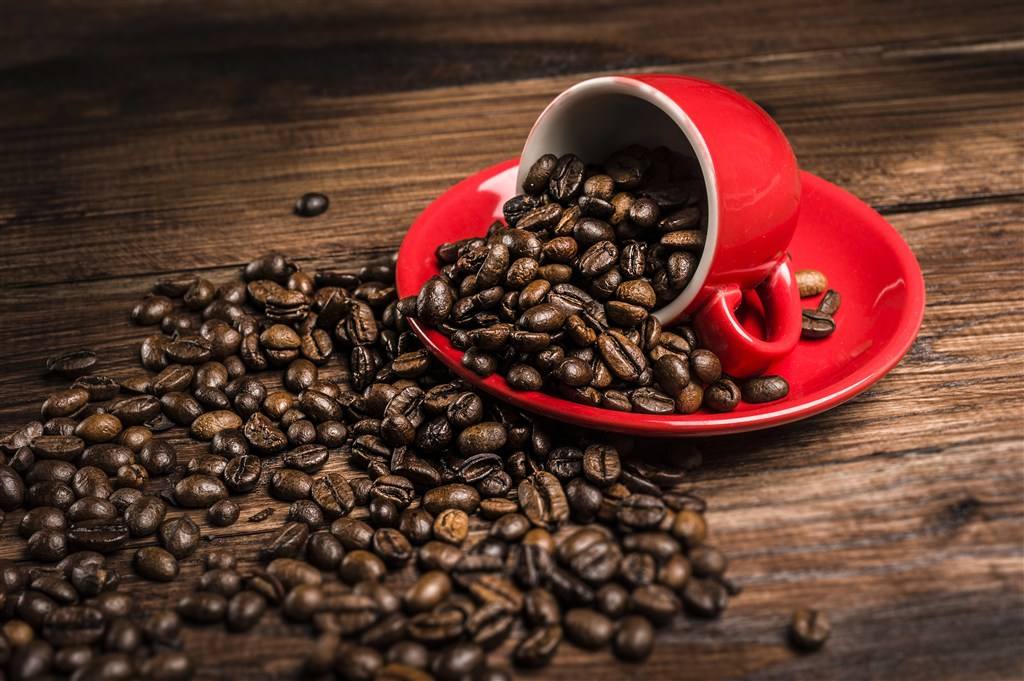A brief introduction to Coffee Culture in Ethiopia
Follow the caf é (Wechat official account vdailycom) and found that Beautiful Cafe opened a small shop of its own.
Coffee is to Ethiopia what tea is to China. Tea has a delicate tradition of drinking tea, and Ethiopia also has a very beautiful traditional ceremony of drinking coffee, although it is not as popular as the tea drinking ceremony. There is no formal training in Ethiopia, unlike in China, where young people get formal training even in vocational schools. For most Ethiopians, whether in towns or in rural areas, it is inconceivable that they do not drink a few cups of coffee during the day. They drink coffee and have snacks every morning, and they may eat like this many times a day.

Coffee is also the best drink offered by Ethiopian families to distinguished guests, while coffee drinking ceremonies are the best occasion for exchanging views with neighbors and friends or discussing activities between neighbors or between larger towns. In Ethiopia, the most interesting thing about coffee drinking rituals is that most of the main utensils used to make coffee are traditional or handmade, such as pottery pots (Jabina) and crushers (or Mukcha). It is unthinkable to brew coffee in an aluminum pot, which will only destroy the natural taste of coffee beans. All Ethiopian women have these special utensils for daily coffee making.
In the past, coffee beans were roasted with a flat pottery vessel called "mitad", but now coffee beans are roasted on a 1-disc, which is washed by hand many times before roasting, and then mashed the black or brown beans in a wooden Mukcha until they are powdered.
The corner of the coffee drinking ceremony should be cleaned and paved with freshly cut grass before the coffee set is brought in. Fresh grass has a certain symbolic meaning, it is thought to bode well, can gradually emit a fresh smell, and can also be used as an eye-pleasing decoration for drinking rituals.
Officially invited guests are happy to hear the sound of mashing coffee beans so that they can then fully enjoy drinking coffee. With the crushing of coffee beans, there must be something encouraging, a sensory thrill, which makes drinking coffee a wonderful experience.
Important Notice :
前街咖啡 FrontStreet Coffee has moved to new addredd:
FrontStreet Coffee Address: 315,Donghua East Road,GuangZhou
Tel:020 38364473
- Prev

How to identify coffee beans in Ethiopia
Following Cafe (official Wechat account vdailycom) found that Ethiopian beans are easy to recognize. Most of the beans are small and pointed into long beans, so-called longberry, and often mixed with small oval-shaped short beans, so-called shortberry, looking uneven in size and appearance. The commercial scale of Grade4 or Grade5
- Next

The History of Coffee in Ethiopia
Following Ka Pai (Wechat official account vdailycom) found that the beautiful cafe opened a small shop of its own and there is a place called Kafa in Ethiopia. Local residents have found that cattle and sheep become excited, powerful and a little crazy after eating a plant with little red beans. Someone picked the red bean and tried to chew it a little. It tasted good, and then it changed slowly.
Related
- Detailed explanation of Jadeite planting Land in Panamanian Jadeite Manor introduction to the grading system of Jadeite competitive bidding, Red bid, Green bid and Rose Summer
- Story of Coffee planting in Brenka region of Costa Rica Stonehenge Manor anaerobic heavy honey treatment of flavor mouth
- What's on the barrel of Blue Mountain Coffee beans?
- Can American coffee also pull flowers? How to use hot American style to pull out a good-looking pattern?
- Can you make a cold extract with coffee beans? What is the right proportion for cold-extracted coffee formula?
- Indonesian PWN Gold Mandrine Coffee Origin Features Flavor How to Chong? Mandolin coffee is American.
- A brief introduction to the flavor characteristics of Brazilian yellow bourbon coffee beans
- What is the effect of different water quality on the flavor of cold-extracted coffee? What kind of water is best for brewing coffee?
- Why do you think of Rose Summer whenever you mention Panamanian coffee?
- Introduction to the characteristics of authentic blue mountain coffee bean producing areas? What is the CIB Coffee Authority in Jamaica?

